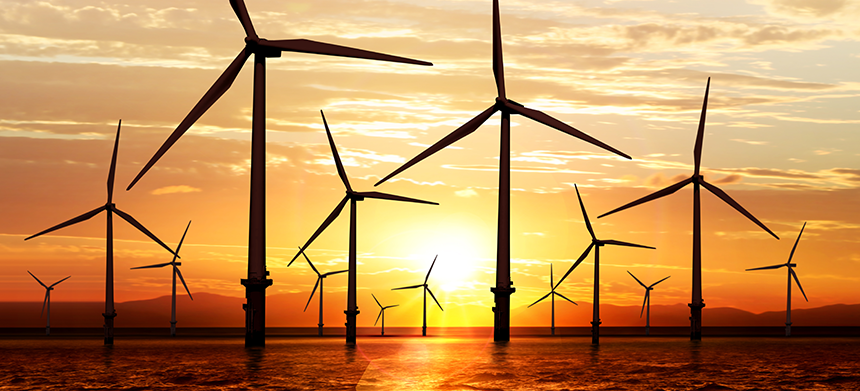
The Danish Energy Agency, the National Institute of Wind Energy and the Ministry of New and Renewable Energy virtually presented preliminary findings of the project “Financial Modelling for Offshore wind in India” for over 100 participants.
India has emerged as a leading nation in the global efforts on green transition with ambitious targets on renewable energy – reaching 175 gigawatt in 2022 and 450 gigawatt in 2030. Offshore wind can be a significant contributor to these ambitious targets. The project results presented include the first Indian offshore wind power technology catalogue, including data and cost estimates for the first Indian offshore wind farms. Based on this, the financial estimate and benchmark have been made for the expected price of the energy production from the first wind farms in India – the levelized cost of energy (LCOE).
As part of a public-private dialogue, the FIMOI results have been presented to the offshore wind sector for inputs with the aim to align expectations for the future. The results are based on the experiences, methods and tools that are used in Denmark to create a stronger foundation for the decision making of energy policy makers to develop the offshore wind sector. Within the FIMOI project, key Indian and international stakeholders in the offshore wind power sector have continuously been consulted in the collection of data and cost estimates and have provided valuable inputs.
The objective of the FIMOI project is to collect and publish best available data for the Indian offshore sector to outline the current and projected technical and economic data for Indian offshore wind farms for the benefit of the offshore wind industry and relevant authorities. The data has been used for developing a publically available technology catalogue for offshore wind power in India – the first of its kind – and a detailed report outlining LCOE estimates for the first and future Indian offshore wind farms. Experience from Denmark has shown that the higher quality of the data, the better the support for decision making in the government to assess necessary support mechanisms, promote cost-efficiency and benchmark against other technologies. Hence, high quality offshore wind data in India can support decision-making and continued development of the Indian offshore wind sector in the years to come.
The LCoE estimates have been specified for the current situation (2020-2022) and for medium-term projections (2025 and 2030), covering expected offshore wind farm locations both in Gujarat and Tamil Nadu states, which represent different local conditions for Indian offshore wind power. Furthermore, the financial analysis has provided a detailed understanding of the implications of the power purchase agreement (PPA) on investment decisions, including possible subsidies and fiscal incentives.
The main conclusion from this analysis is that LCoE estimates for the first Indian offshore wind are sensibly affected by several parameters and cost categories. Among them, wind speed resources and relative uncertainties, PPA design choices, and risks allocation and de-risking mechanisms that will be implemented for reducing cost-drivers are of key importance in decreasing the projected LCOE estimates.
The results also show that the creation of a visible offshore wind pipeline to enable economies of scale and learning effects are fundamental for determining current and mid-term LCOE projections for offshore wind project in India. This underpins the important effect that a proper regulatory framework will play for enabling competitive offshore wind power costs in India both in the short and medium-long term.
Based on the strong interest raised from this workshop, NIWE and DEA will use this momentum to further consolidate the cost estimates and provide further research and insight on how different de-risking and support mechanisms can accelerate the strong development of the offshore wind market in India.
Please follow the Center of Excellence´s website to be updated on the newest results from the FIMOI project.